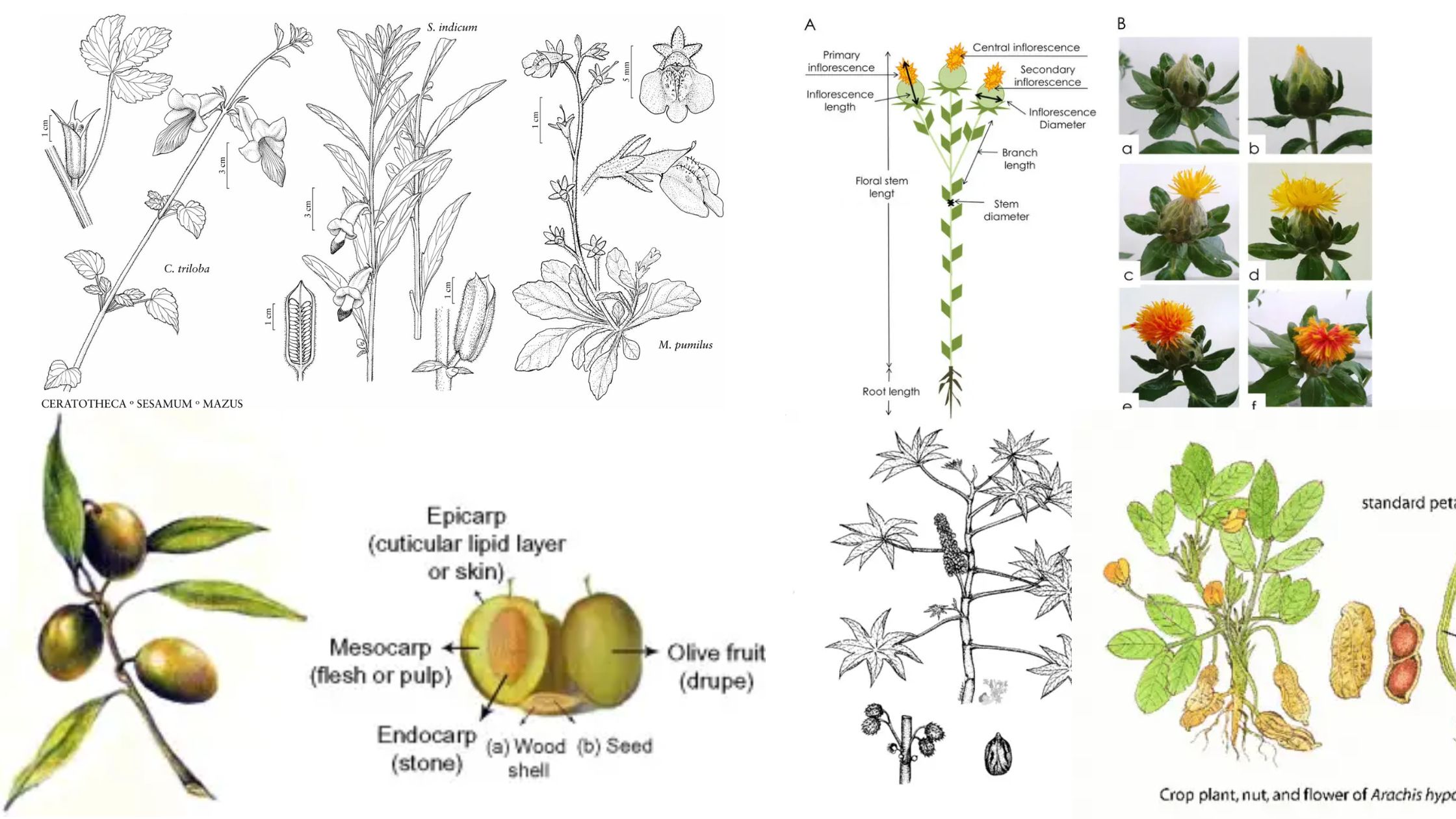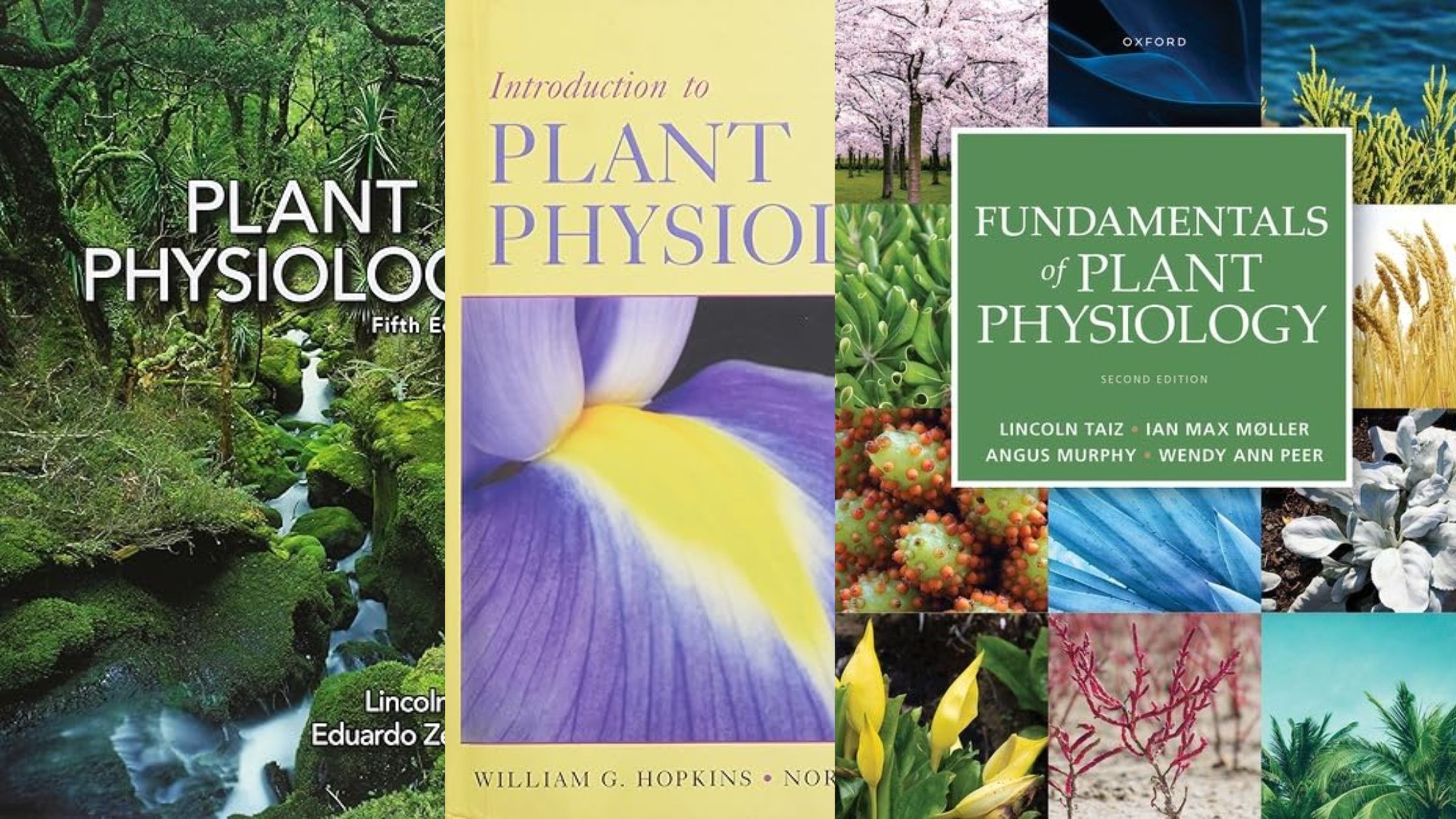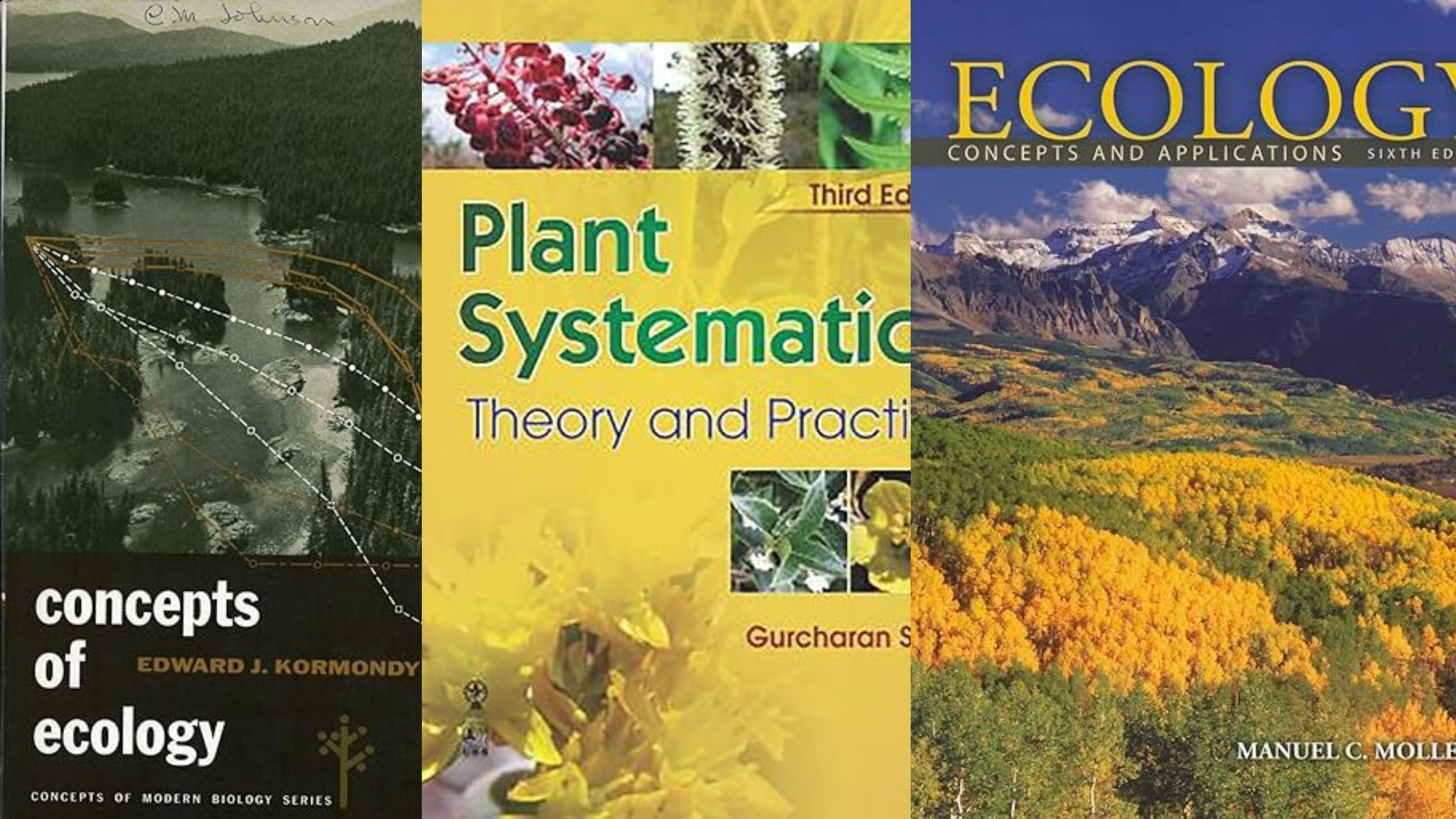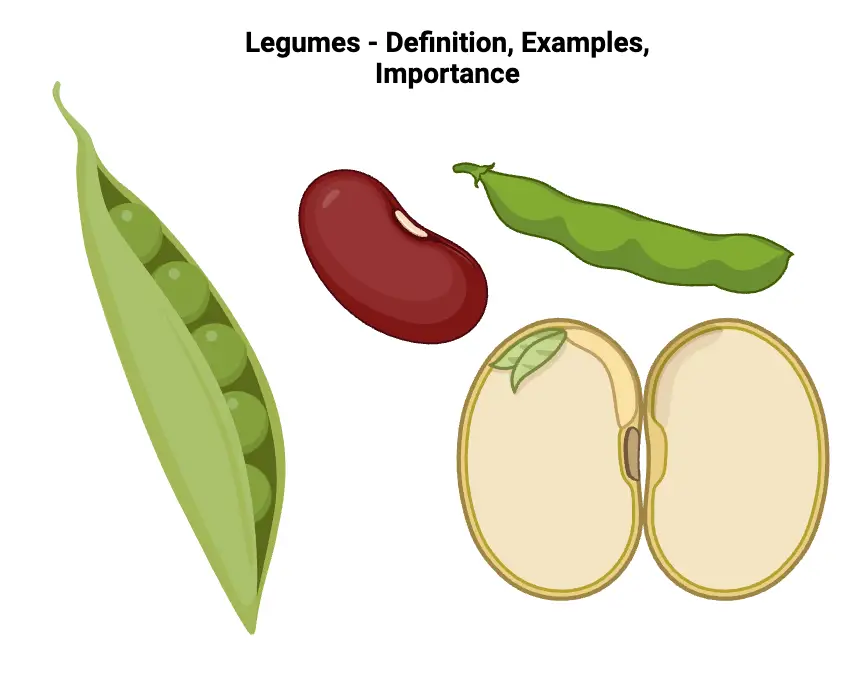General description of Fibre Yielding Plants
Fibre-yielding plants have played a crucial role in the advancement of human civilization, second only to food plants in their utility. Early humans relied on these plants to meet essential needs such as clothing, shelter, and tools. While animal products provided some solutions, plant fibers offered lighter and more flexible alternatives for tasks such as … Read more









